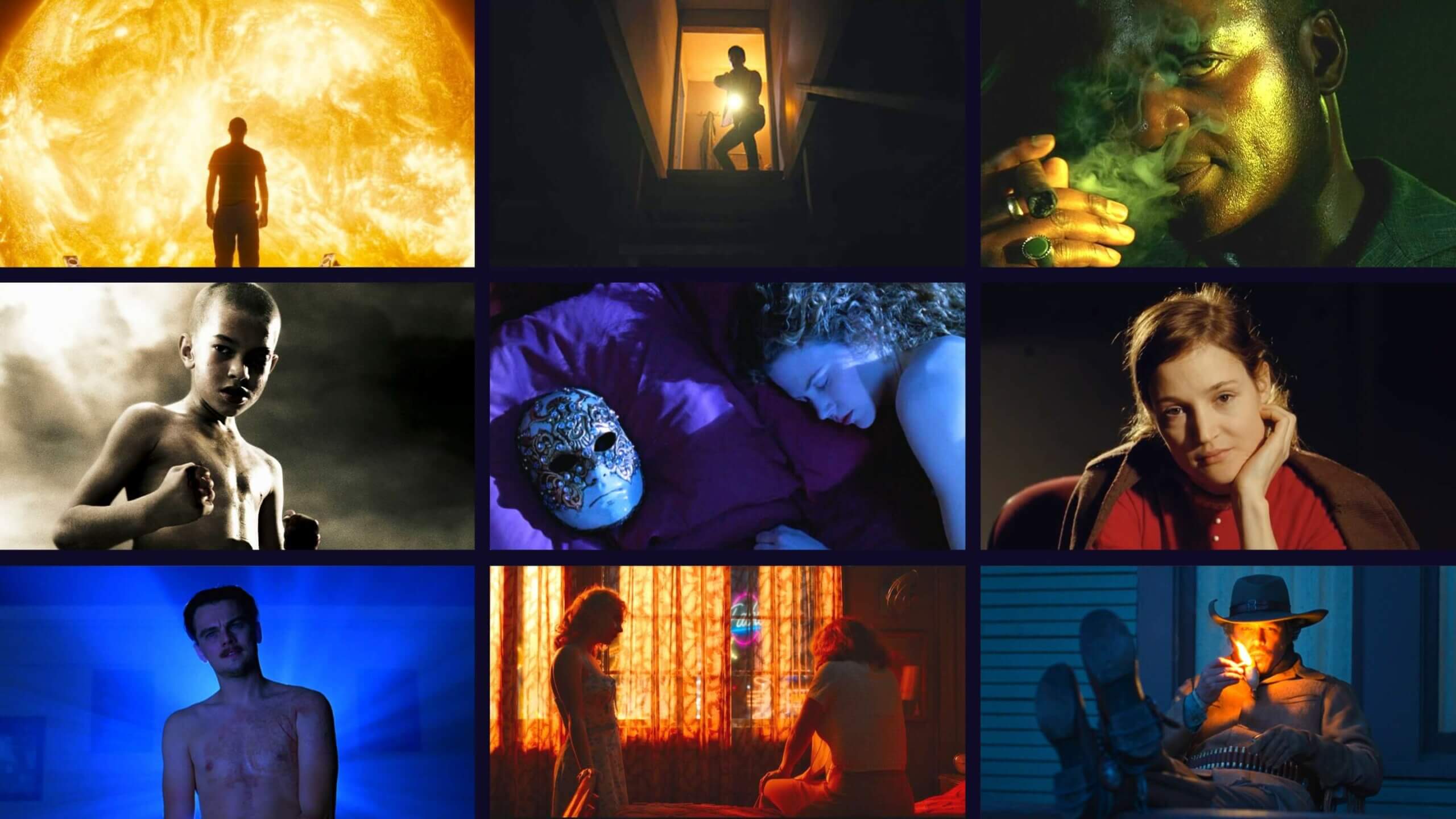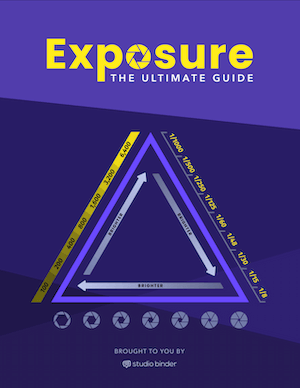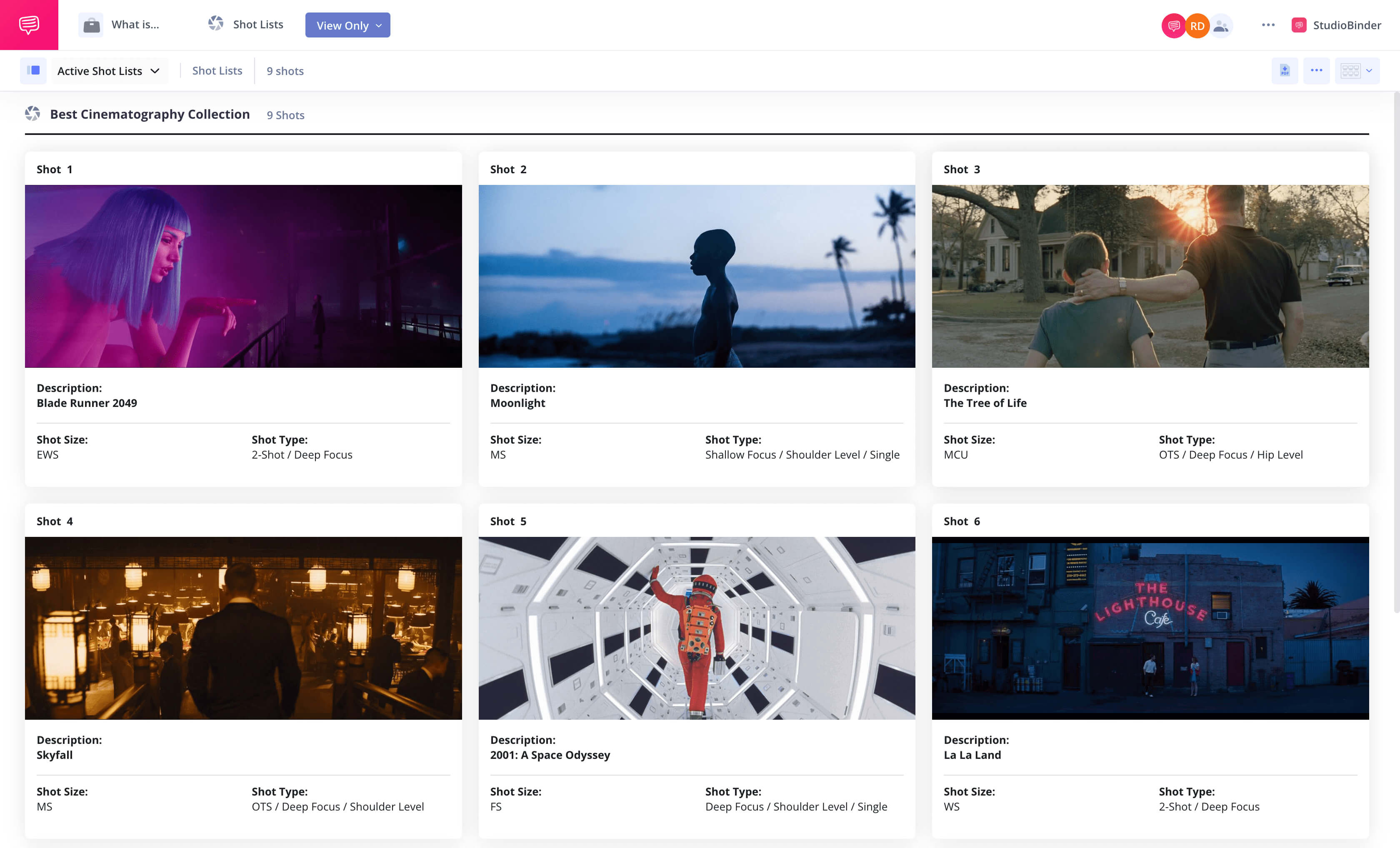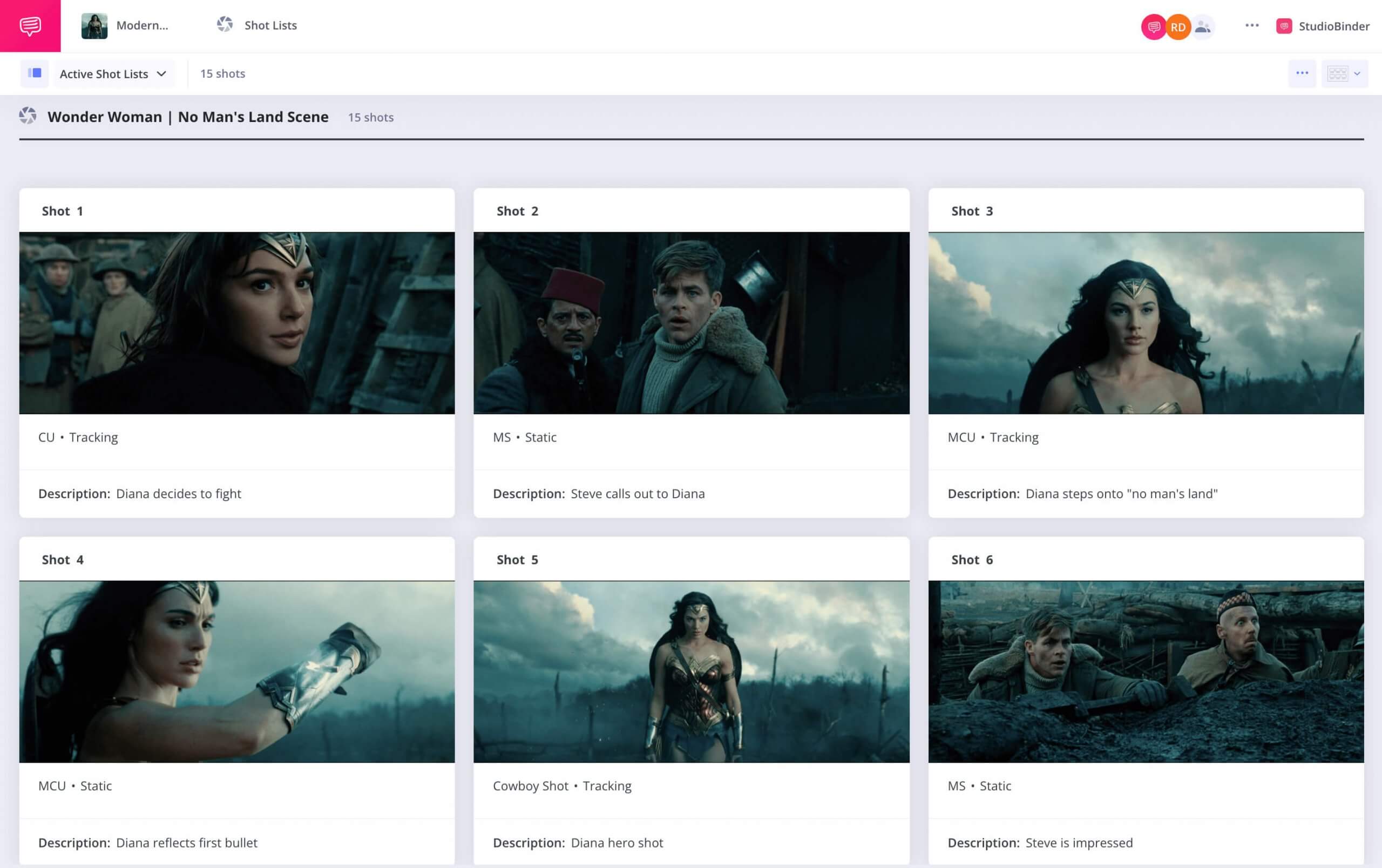Cinematography is the art of crafting visuals for motion pictures. It takes years of practice to cultivate a consistent craft and keen eye for filmmaking. That’s what separates great cinematography from cliche movie making. Before honing a craft, a deep knowledge of what it entails is critical.
Cinematography Meaning
Let’s define cinematography
Cinematography is derived from Greek for "writing with movement;" and it is essentially the art of creating images we see on screen. Cinematography is a practice that can be done digitally or on physical film stock.
Understanding cinematography goes way beyond its definition. In simplest terms, cinematography is the art of making motion pictures. But what else is there to the cinematography definition?
CINEMATOGRAPHY DEFINITION
What is cinematography?
Cinematography is the art and craft of making motion pictures by capturing a story visually. Though, technically, cinematography is the art and the science of recording light either electronically onto an image sensor or chemically onto film.
CINEMATOGRAPHY ELEMENTS:
- Lighting
- Shot sizes
- Camera focus
- Shot compositions
- Camera placements
- Camera movements
While the director may make key decisions regarding the camera, the cinematographer makes them happen. One of the major considerations for cinematographers is exposure — the art of manipulating camera settings to get the desired look of an image. Of course, lighting technicians and camera operators play an important role too.
Before we dive into the nuts and bolts of cinematography, make sure to download our FREE Ebook on The Exposure Triangle to establish a foundation that all of cinematography is based on.
Free downloadable bonus
FREE Download
Ultimate Guide to Exposure
The Exposure Triangle is something every photographer and cinematographer needs to master. Download our FREE e-book to get in-depth explanations and tutorials on topics like aperture, ISO, shutter speed, and how to balance these settings to nail perfect exposure every time.
For a general idea of the range in cinematography, we've collected shots from some of our favorite films and DPs using StudioBinder's shot list creator. Click the image below to explore the collection – and you can even download a PDF for future reference and inspiration.
What is Cinematography in Action? • Click to View the Shot List
Cinematography Elements
What does a cinematographer do?
A cinematographer or director of photography (shortened to DP or DoP) is the crew chief that presides over the camera and light crews on a film or video production. They are involved throughout the entire production and liaise closely with the director to create the images you see.
What elements do they consider? We'll cover the basic considerations here but there is a lot more to explain about a cinematographer's duties.
Let's look to iconic director of photography, Roger Deakins, to see how he shot 1917 to look like a single shot "oner." As he explains, choosing a camera, and knowing the different types of camera lenses and lighting techniques are all part of the cinematographer job description.
In particular, these choices in 1917 were designed to give us as much of a first-person POV on the battlefield.
Art on Film: Roger Deakins Cinematography in 1917 • Subscribe on YouTube
Camera placement
Where a cinematographer places the camera greatly affects how the audience reacts to the shot, and therefore the rest of the scene. It can have significant emotional impact can convey character behavior.
For example, a cinematographer may place the camera close to the subject's mouth while chewing if the story calls for a character to be seen as rude, or ill mannered while out on a date.
That's just a simple example – here's a guide to camera framing and shot composition to give you an idea of what choices a director and cinematographer have and how those choices contribute to visual storytelling.
Cinematography Definition and Film Techniques: Ultimate Guide to Shot Framing • Subscribe on YouTube
Camera movement
Camera movement can heighten the emotion and suspense in a scene. Choose to move the camera with the characters and gain perspective. Keep the camera static, and now we’re separated from them, peering in. Watch our video on camera movement below.
Camera Movement Explained • The Art of Moving the Camera
Shot Composition
Composition refers to the way elements of a scene are arranged in a camera frame. Shot composition refers to the arrangement of visual elements to convey an intended message.
One visual element that must be arranged particularly is your actors. Where will they be in the frame? Watch our video below on blocking actors. It's also a part of our Filmmaking Techniques masterclass series.
On Cinematography: Filmmaking Techniques: Learn How to Stage Your Actors
Blocking and staging can be used to create dynamic frames. If you're interested, learn how to master shot composition.
Shot compositions can be planned out during pre-production with a storyboard or shot list. With a detailed plan in mind, a cinematographer can show up on set with a clear vision to share with the crew.
Shot Composition
Shot Size
How much of the scene is actually seen? Are we in a close-up watching a subject’s face change expression? Maybe it’s an extreme close-up on a subject’s attire indicating to the audience that they should pay attention to this. Here's a video breakdown of every type of shot size.
Define Cinematography: Ultimate Guide to Shot Sizes • Subscribe on YouTube
Focus
Part of a cinematographer’s job is to play with focus to emphasize different aspects of the story. A basic example of this is showing how intoxicated the character is by going in and out of focus. There are many types of camera focus available, each with their own particular storytelling value. Here's a breakdown of focus and depth of field.
Best Cinematography Movies: Ultimate Guide to Camera Focus • Subscribe on YouTube
Lighting
While there is a separate lighting person, cinematography demands a certain level of knowledge. After all, cinematography is what we see on-screen, and how well (or bad) a scene is lit is a huge aspect of the craft.
3-point lighting is a very common lighting setup but there are many styles and approaches to lighting. For example, Rembrandt lighting brings a lot of dimension to lighting a subject's face and chiaroscuro lighting is ideal to convey dark and dangerous situations. Lighting in real time can be a challenge; that's why it's so important to game plan in advance.
Check out part two of our Cinematography Techniques series with one of the best cinematographers, Roger Deakins.
Cinematographer Definition: Roger Deakins Film Lighting Pt. 2 • Subscribe on YouTube
RELATED POSTS
Camera Gear
Obviously, you need a camera but what other camera gear should you consider? A Steadicam gives the camera operator tremendous freedom but a dolly shot also gives the shot a distinct look and feel. Here's our ultimate guide to camera gear and how each piece of equipment can be used to tell a different story.
Cinematography Meaning: Ultimate Guide to Camera Gear • Subscribe on YouTube
That's a lot to consider! How can you plan all of these decisions, and execute on your vision?
FILM CINEMATOGRAPHY TOOLS
Putting theory into practice with shot lists and storyboards
So, we just laid out what a cinematographer considers. And it's a lot. All of these components — shot choice, camera movement, lighting, etc. need to be laid out somewhere.
One tool that’s helpful for DP’s (and directors), are shot lists and storyboards. Usually the cinematographer and director work together to lay out their masterplan for the project.
You can learn more about how to make storyboards, but first check out our example below to get a general idea!
Different Camera Angles in a Storyboard • Click to View the Storyboard
With software it's easier to collaborate with department heads on all of these decisions. As long as they're invited to the project, you can leave comments in real-time, and adjust shots accordingly.
And keep in mind, as far as other cinematography tools, you can use any kind of camera to shoot a film. If you can’t afford Hollywood’s resources, you can be like Sean Baker and Radium Cheung, who shot Tangerine – and make a movie on an iPhone.
RELATED POSTS
Up Next
Try These Cinematic Techniques
Now that you have the basics down, let’s expand your knowledge a bit. Our next post explores craft tips you didn’t learn in film school. We go deeper into the elements of cinematography that will not only inform your craft, but inspire you to start shooting.
Up Next: Best Cinematography Techniques →
Showcase your vision with elegant shot lists and storyboards.
Create robust and customizable shot lists. Upload images to make storyboards and slideshows.




